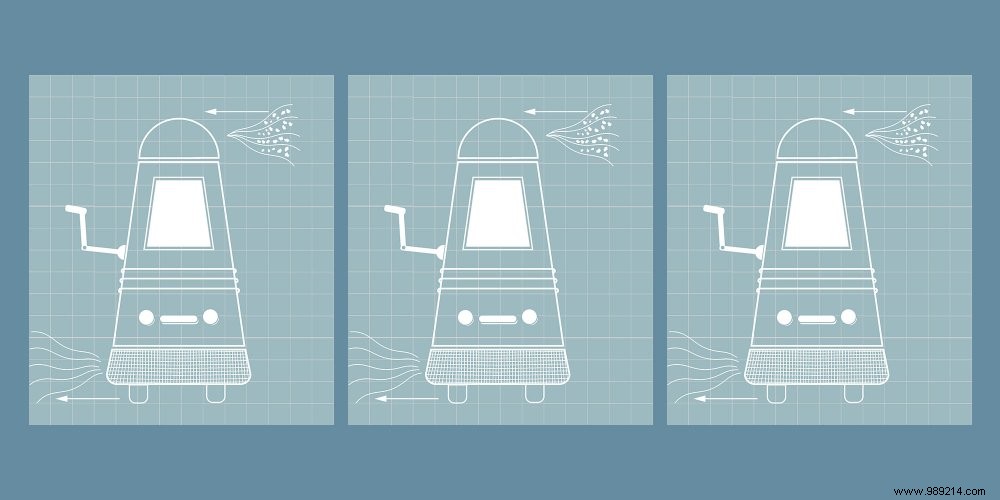 The air we breathe at home is often more polluted than the air outside, even in cities, according to the Indoor Air Quality Observatory. Do the air purifiers offered by many manufacturers really remedy this? And if so, which models to choose?
The air we breathe at home is often more polluted than the air outside, even in cities, according to the Indoor Air Quality Observatory. Do the air purifiers offered by many manufacturers really remedy this? And if so, which models to choose? Between dust mites, mold spores and pollens responsible for allergies, tobacco smoke and formaldehyde classified as carcinogenic by the World Health Organization (WHO), organic solvents released by paints, glues and wood treated, carbon monoxide emitted by outdated or poorly adjusted heating appliances, pollutants likely to contaminate the indoor atmosphere are legion.
Not to mention the airborne bacteria and viruses just waiting to enter our bronchi and lungs. Commercial air purifiers almost all claim almost total elimination of these gases and particles. But do they really keep their promises?
All devices claim to offer roughly the same efficiency, but not all work the same way.
Few scientific studies have been done on air purifiers, which cast doubt on the claims of some manufacturers. A test was carried out on various filter models in May 2020 by an independent German laboratory at the request of Stiftung Warentest , the equivalent of the association UFC-Que Choisir across the Rhine.
Verdict:most are pretty good at eradicating airborne pollen. In a room of about 16m2, they eliminate 90% of them. On the other hand, the results on formaldehyde are more disappointing (45% efficiency according to the models tested in Germany). As for cigarette smoke, it all depends on the filter. In new condition, the elimination can reach 90%, but their performance quickly decreases with use. The carbon filter must therefore be renewed regularly so that the device maintains its optimal efficiency.
What about viruses? “We tested the effectiveness of Dyson purifiers from the Pure range (Dyson Pure Hot+Cool™) on the H1N1 flu virus, specifies Michèle Vialette, microbiologist at the Institut Pasteur de Lille. The viruses were nebulized in the air from a closed enclosure, such as those likely to contaminate the respiratory tract. The Dyson Pure HEPA filters have shown a purification efficiency of over 99%". Ideal for reducing your risk of infection during the winter.
But unfortunately no study has yet been conducted with Sars-CoV-2, responsible for Covid-19.
Read also: